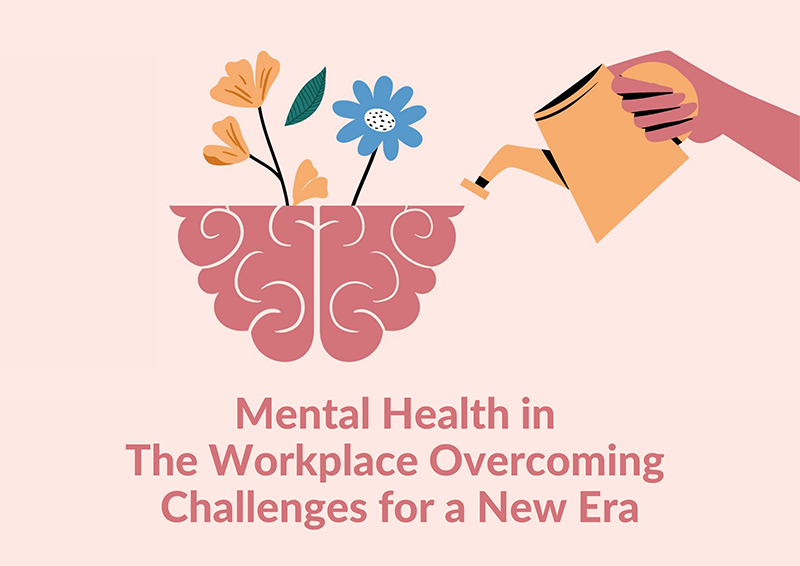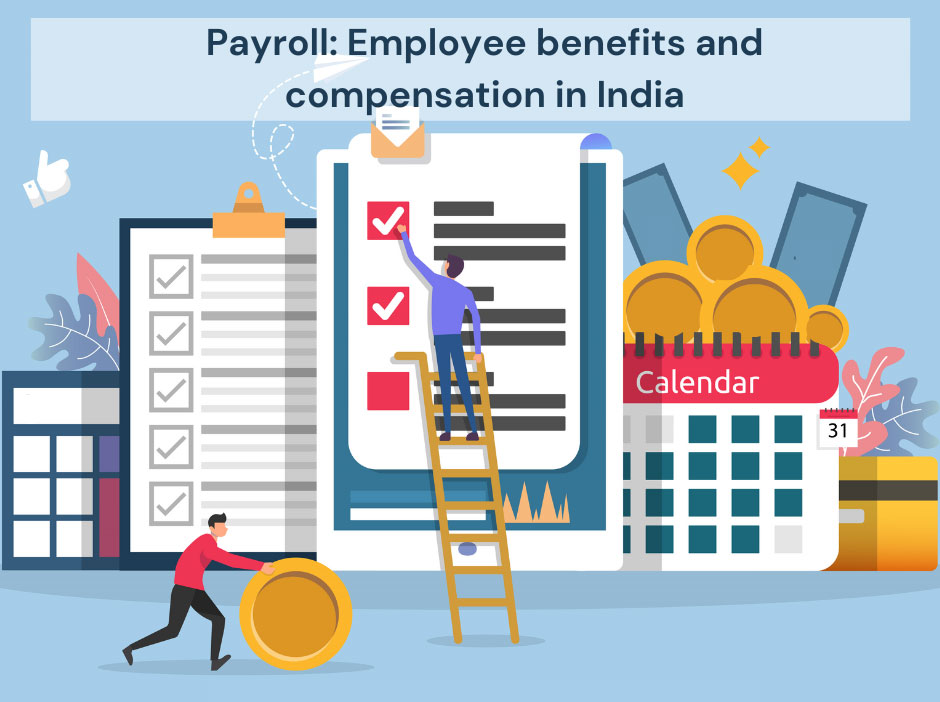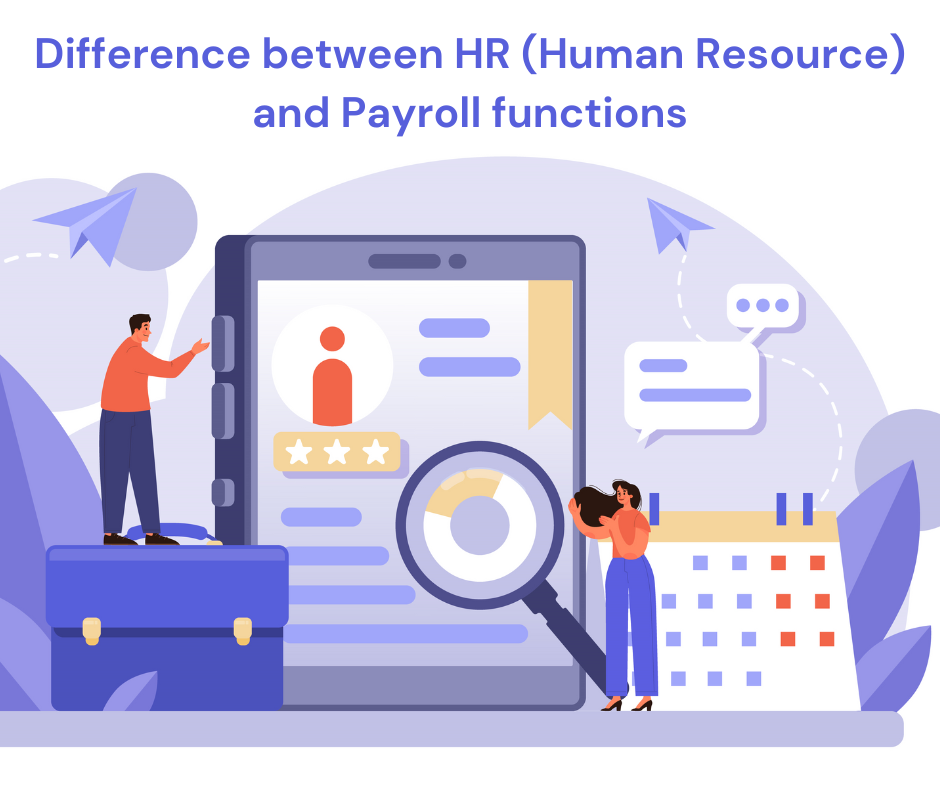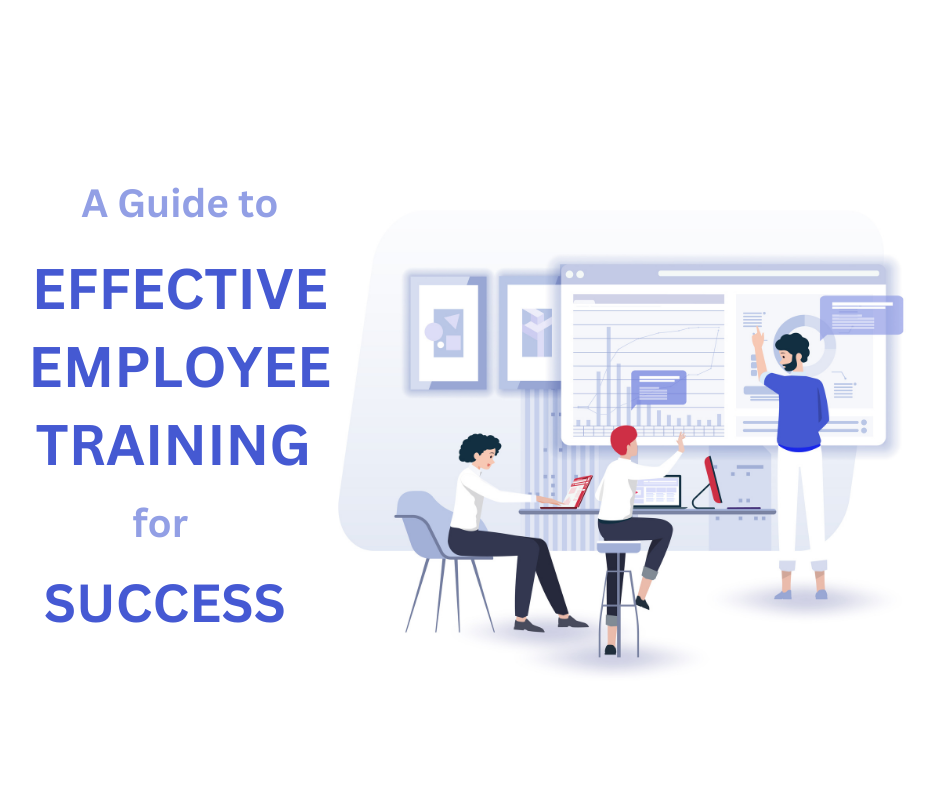A 2016 survey by Optum found that 46% of the Indian workforce suffered from stress. A large percentage of the respondents also had a skewed BMI and risk for hypertension. Furthermore, the WHO found that 56 million Indians suffer from depression, and 38 million suffer from anxiety disorders. Owing to mental health conditions in India, the WHO has estimated economic losses amounting to close to 1.03 trillion USD between 2012 and 2030. The arrival of the CoVID pandemic only worsened mental health in the workplace owing to disruptions in routines and processes. Due to these factors, mental health has emerged as a key component for organizations in employee engagement.
Some of the ways that organizations are attempting to bolster mental health in their workplaces include:
- Employee Surveys and Assessments: Understanding employees’ needs and mental state can go a long way in ensuring their well-being. Using surveys and instruments such as the Work Limitations Questionnaire and the Brief Job Stress Questionnaire can help managers understand and designate tasks and resources and decide on action plans for employees who need assistance. This data must be kept confidential, which may increase employee participation.
- Expert Input: Organizations will need to understand aspects of mental health and its basic components from the ground up. Consulting and getting inputs from experts can help in filling these gaps. This knowledge can be used and made accessible to employees across all levels and help upper management build programs that can benefit their employees and enhance effectiveness.
- In-House Assistance: Mind Share Partners, SAP, and Qualtrics’ study in 2019 showed that less than half of the respondents did not feel that mental health was prioritized at their workplaces. A 2020 study by Krendl and Pescosolido also revealed a lack of accessibility of mental health resources and a stigma against mental health and illness among eastern countries. Organizations have to destigmatize this by creating awareness programs, encouraging dialogues about mental health and illnesses, and accepting these conditions. Having an in-house counselor can also go a long way in ensuring employees can get the health they need. Another way organizations can forward the cause of holistic well-being is by providing insurance and coverage for mental health and their employees.
- Multidimensional Workforces: Given that organizations now have diverse workforces with employees from various ethnicities, genders, orientations, and backgrounds, it becomes essential for these organizations to structure appropriate mental health programs and make these resources accessible to all employees at the level of the organization’s culture itself.
- Mental Health Policy: Creating a mental health policy and inculcating it into an organization’s day-to-day activities as a part of its work culture can make employees feel a little bit safer. A mental health policy can communicate to employees the need for better mental health and the company’s approach towards mental health and wellness. This includes elements such as identifying mental health issues, avenues and protocols for employee management such as assisting employees with issues, etc.
- Restructuring Processes: In some cases, especially post- CoVID, employees will be feeling the effects of stress and burnout. Organizations have to look at restructuring their business processes to provide work-from-home facilities, job rotations and in case of key tasks, outsource certain processes to HR services if the need may arise and allow employees to return once they are fully recovered.






